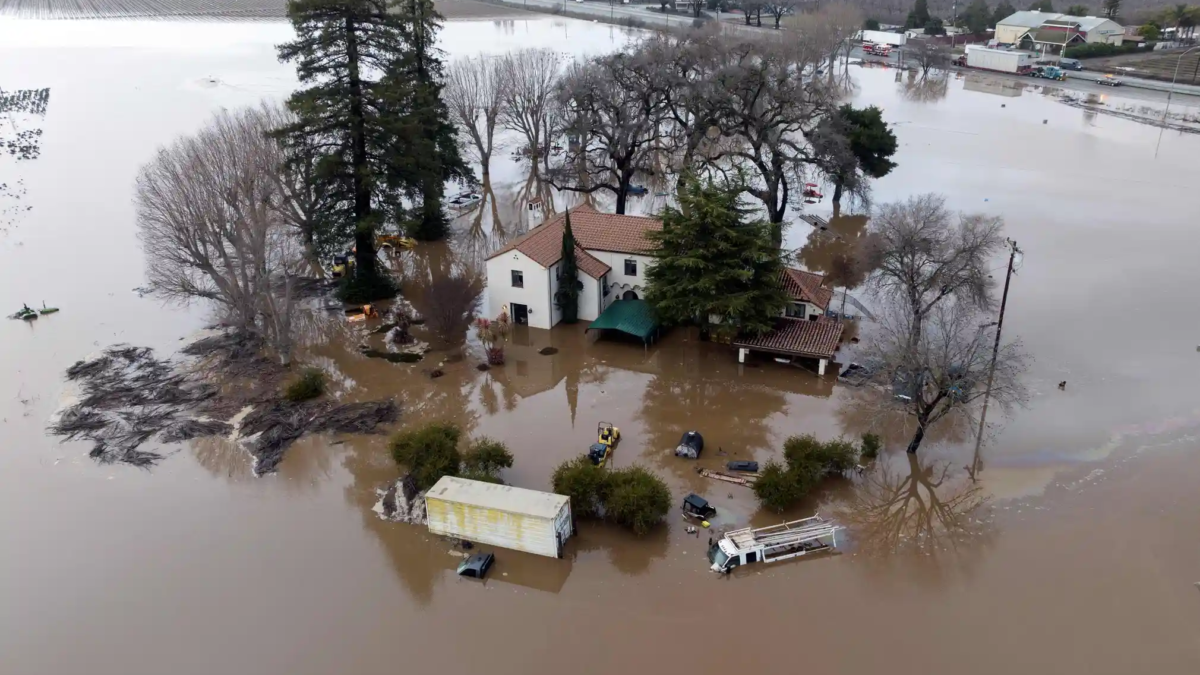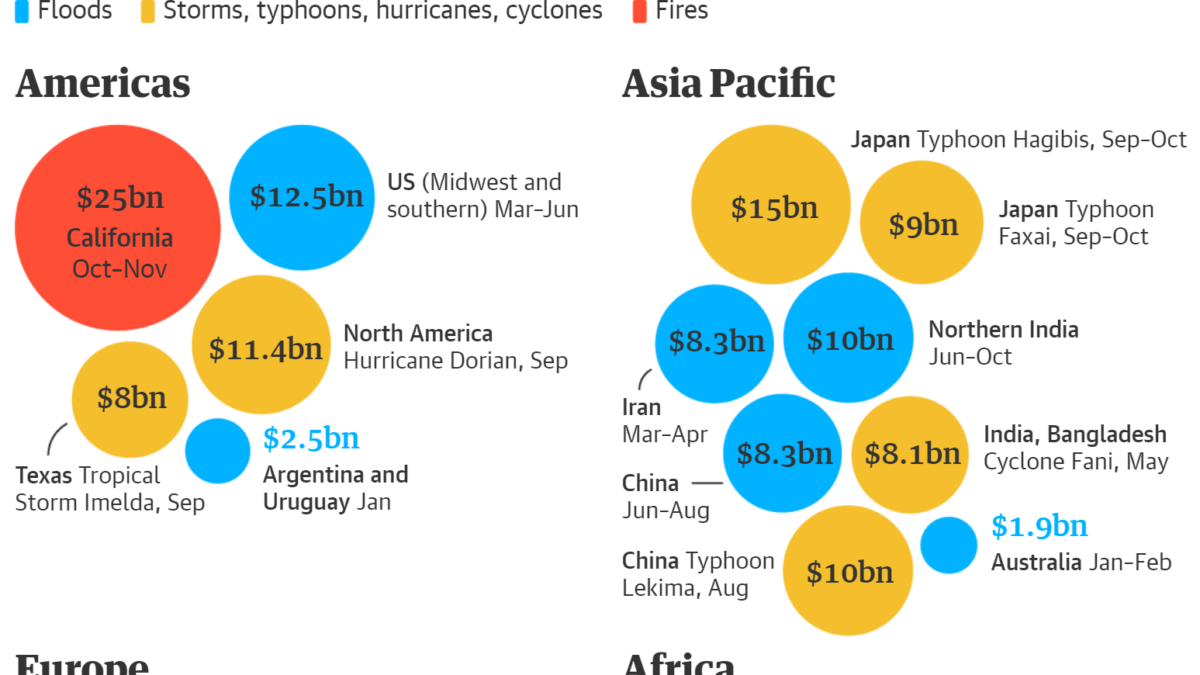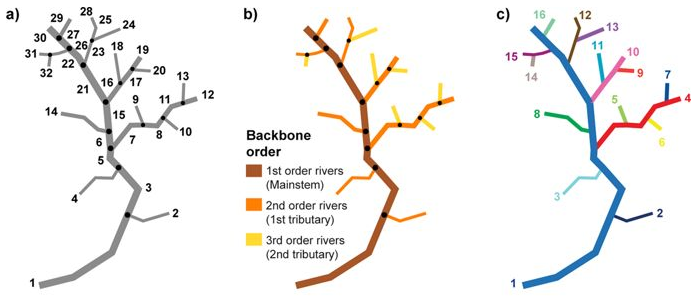Massacre in Nicaragua: Four indigenous community members killed for their land
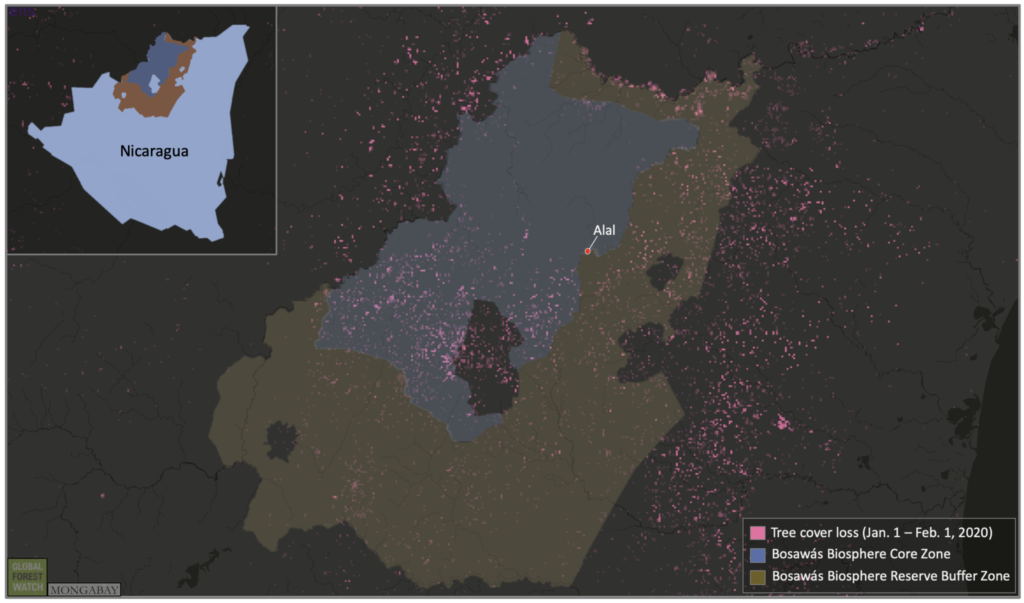
By Taran Volckhausen
14 February 2020
(Mongabay) – An illegal armed group connected to land grabbers killed four members of the indigenous Mayangna people, left two injured and burned 16 houses in northern Nicaragua on 29 January 2020, according to the UN Human Rights Office.
The UN Human Rights Office condemned the Nicaraguan government for allowing impunity for crimes committed against Nicaragua’s indigenous communities: “We are very concerned about the continued attack against indigenous people in Nicaragua, the lack of protection of their rights, and the impunity of the crimes committed against them,” UN Human Rights Chief Michelle Bachelet said in a press statement.
Advocacy organizations warn ongoing colonization process by non-indigenous mestizos from the central regions of Nicaragua threatens the cultural existence of Mayangna, whose ancestral rainforest territory is being taken over for gold mining, logging, cattle ranching, and commercial crops. The process has accelerated over the past five years, precipitating a vicious land conflict that has claimed the lives of 40 people since 2015, according to the Center for Justice and Human Rights of the Atlantic Coast of Nicaragua (CEJUDHCAN).
The Mayangna people inhabit a region known as La Mosquitia, which straddles the border between Nicaragua and Honduras and is the largest rainforest region in Central America. Alongside the more populous indigenous Miskito people, the Mayangna maintain a cultural tradition of protecting the forest ecosystem they rely on for food and water.
The most recent attack on the Mayangna took place in the Alal community in the Sauni As territory. The region sits mostly within the buffer region of the Bosawás Biosphere Reserve, and belongs to Nicaragua’s Autonomous Region of the Northern Caribbean Coast.
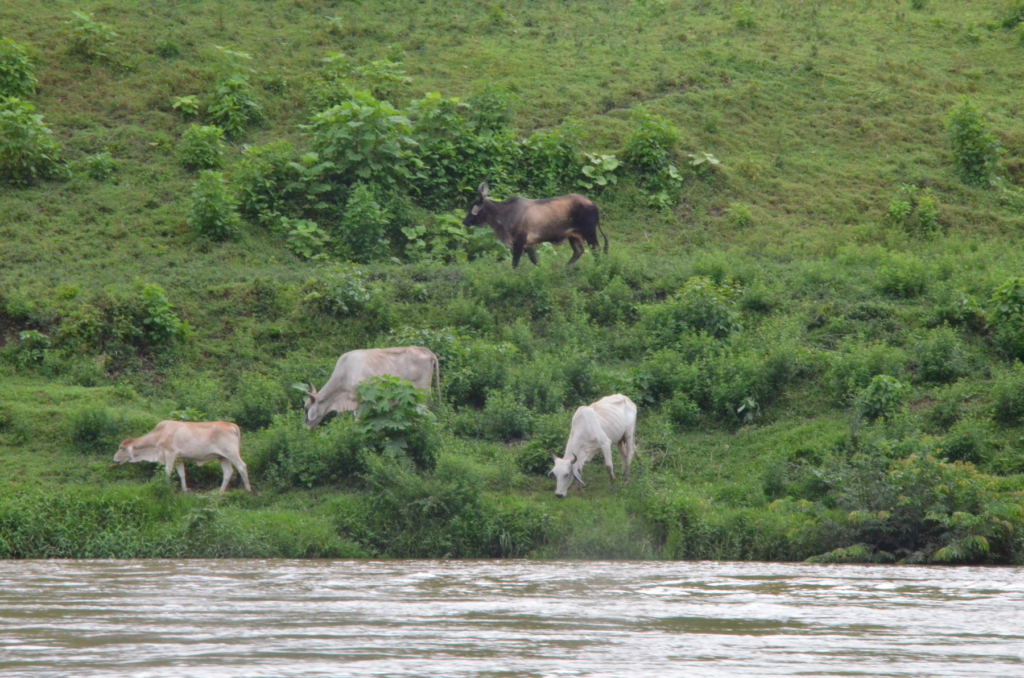
Disappearing refuge
The Bosawás Biosphere Reserve, declared a UNESCO site in 1997, is extremely rich in biodiversity, providing habitat to an estimated 13% of the world’s known species, several of which are threatened with extinction.
The Nicaraguan environmental agency MARENA reported a doubling in Bosawás deforestation in less than two decades, with nearly 31% of the reserve’s forest lost by 2019. Satellite data compiled by the University of Maryland shows deforestation began to cut into the heart of the Bosawás Biosphere Reserve in January 2018, with the rate of forest loss increasing into 2020.
The Alal community is right inside the core zone of the nature reserve, which contains one of Nicaragua’s last remaining areas of forest that is large and undisturbed enough to retain its original biodiversity. Satellite imagery shows mounting deforestation around the community.
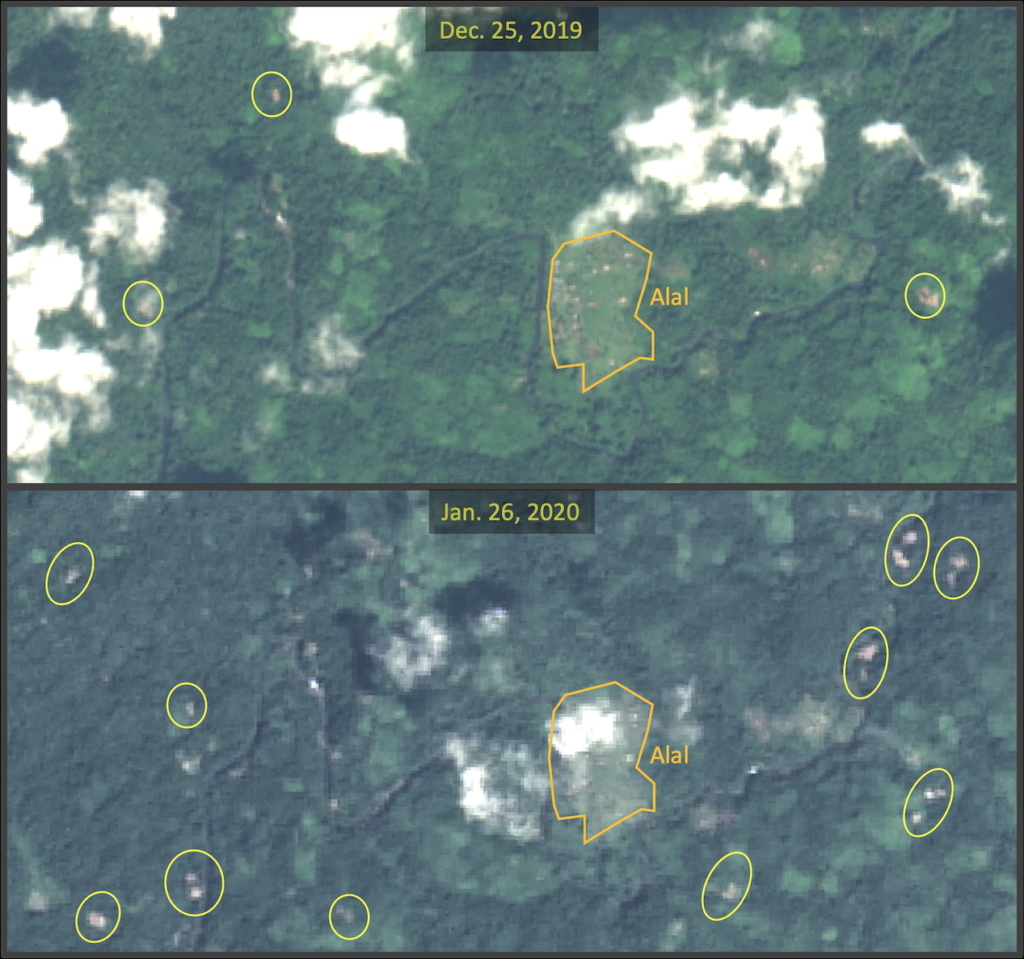
Juana Bilbano, director of Center for Justice and Human Rights of the Atlantic Coast of Nicaragua (CEJUDHCAN), said that even though the government officially granted land titles to indigenous communities in Bosawás, the laws protecting those titles have not been effectively implemented or enforced as obligated under law.
“The government has delivered land titles to the indigenous communities but it has not provided legal protection,” Bilbano said. “In 2015, the same thing happened to the Miskitos when colonizers arrived to commit massacres as they did in Alal. We have 12 different Mayangna, Miskito and afro-descendent communities at high risk from the invaders.” [more]
Massacre in Nicaragua: Four indigenous community members killed for their land
